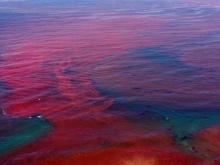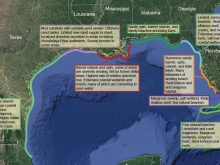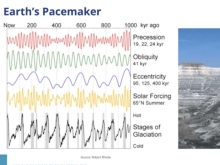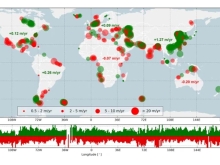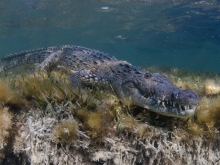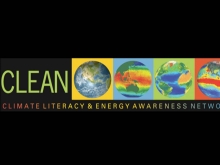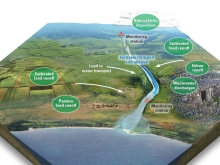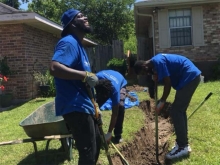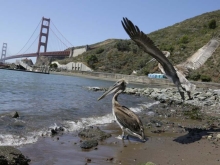What Is A Harmful Algal Bloom?
Harmful algal blooms, or HABs, occur when colonies of algae - simple plants that live in the sea and freshwater - grow out of control and produce toxic or harmful effects on people, fish, shellfish, marine mammals and birds. The human illnesses caused by HABs, though rare, can be debilitating or even fatal. Ranging from microscopic, single-celled organisms to large seaweeds, algae are simple plants that form the base of food webs. Sometimes, however, their roles are more sinister.
